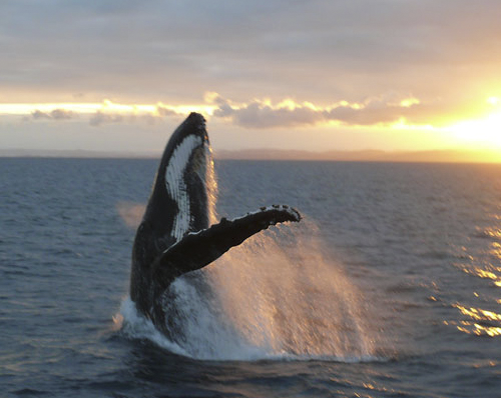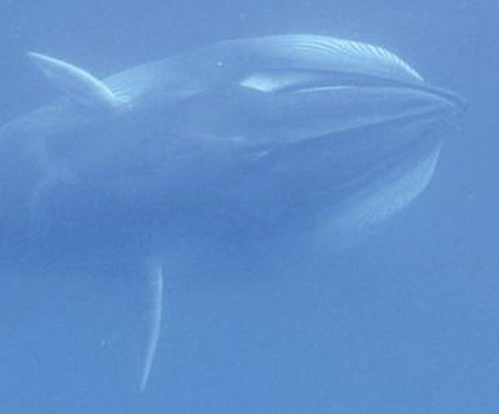Enjoy this...
WHALE WATCHING

Every year between June and November more than 7000 humpback whales migrate from the Antarctic to the waters of Madagascar to breed and calve.

Humpbacks weigh in at up to 45 tones and reach 15 meters in length and whale watching in Madagascar is a really special experience for anyone with an iota of interest in sea-life, and wildlife in general.

During the mating season the male will put on dramatic displays of physical dominance and acrobatic stunts to vie for the attention of the females making for a truly awe-inspiring experience for spectators.
One of the most amazing experiences for visiting whale watchers can be listening to the male’s unique whale song, one of the most complex vocal displays in the animal kingdom, via an on-board hydrophone.

The government of Madagascar has put in place regulations to ensure that the whales are not disturbed or stressed by boats in the area. As a result most trips are hosted by experienced guides with a wealth of specialist knowledge.

Whale watching at Sainte Marie island
The sheltered waters around Ile St Marie are the perfect spot for whale watching; the humpback whales gather to show off their quite spectacular courtship rituals, as well as calving and nursing their young.
Those who prefer to keep their feet on terra firma won't have to miss out either because the whales can be seen from pretty much everywhere on Ile St Marie.
However, the best way to see them is by hopping aboard a fast motor launch with a whale watching specialist, who will be able to take you to all the best spots and give a detailed insight into the whales and their behavior patterns.

Whale watching at Nosy Be
We organize boat excursions daily for “whales watching”. We spot them and draw near without disturbing groups of whales, in general females with their calves. We outdo them and at 100 m we shut off engines.
At this point, they come to our encounter, curious, letting us get rather close to watch and take photographs. Fortunate observers may hear their “call”, sends out to communicate in long-distance, and submerge underwater with them to observe and take them in photo. When a group moves away, we leave to look for some others, to come closer and to pursue the wonderment… And there are also bottle-nosed dolphins?, Stenella and Tursiopes greeting us regularly during our journeys on boat…

the BALENOPTERA ACUTOROSTRATA
Between October and January it is possible to spot Balaenoptera acutorostrata: spanning a length of some 8-10 m, it weighs up to 9 tons. It is a splendid specie that is among those hunted by Japanese, Norwegians and Icelandics. They catch one hundred of it a year to do “some studies”…

the whale shark
It weighs as much as 30 tons, its mouth can be up to 1,5 m wide and its skin can have 10 cm thick. It’s the whale shark, Rhincodon typus.
Despite the misleading reference, it is a shark – whose name highlights its big dimensions and its physiology looking like those of whales, but eats plankton and small fish as two other unique species: the Megachasma pelagios, A very rare shark seen only during 9 episodes in 1976, and the cetorino, elephant shark.
The whale shark lives in Nosy Be and it won’t be difficult to spot it during journeys on boat. When it is possible, we slide into deep to inspect and to take photos.




